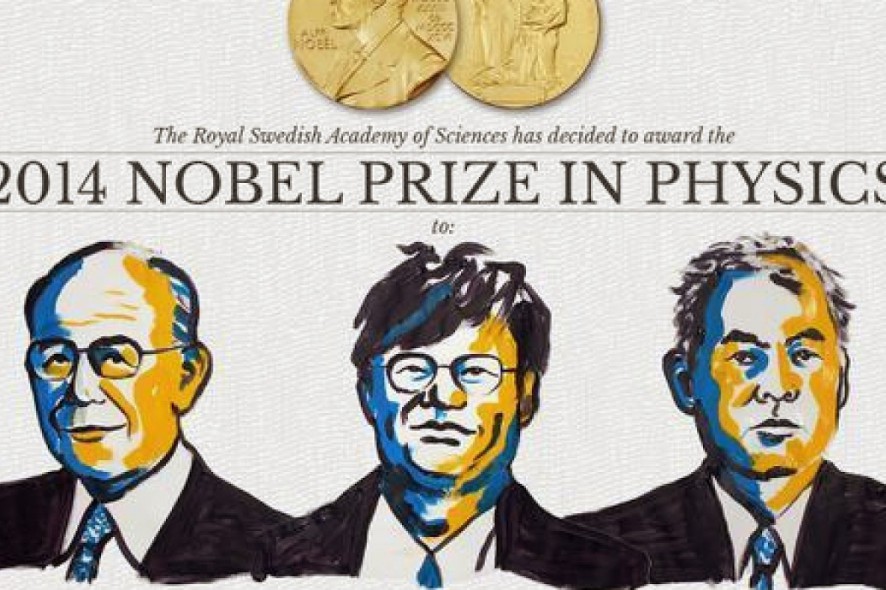The reason for this award is: “the invention of the blue light-emitting diodes that enhanced and made the sources of white light brighter” in a more effective way in terms of energy and respect of the environment.
The 2014 Nobel Prize for Physics was awarded to Isamu Akasaki (Meijo University, Japan), Hiroshi Amano (Nagoya University, Japan) and Shuji Nakamura (University of California, USA). The Blue Light Emitting Diode has been defined “the light revolution in the twenty-first century”. The Nobel Foundation considered the invention as consistent with “the spirit of Alfred Nobel”, who recognized the value of discoveries that bring real benefits to humanity.
From Media.inaif.it: the first announcement was made on Twitter, while the video was broadcast live on YouTube: “With the advent of leds, increasingly widespread, today we have more lasting alternatives compared to the old sources of light”. The winners of the Nobel Prize were surprised and honored: “I am very honored to receive the Nobel Prize by the Royal Swedish Academy of Sciences for the invention of LEDs,” said Nakamura. “It is very rewarding to see that the dream of LED lighting has become a reality. I hope that the energy-saving LED bulbs can help reduce energy consumption and lighting costs worldwide“, he added.
The LED bulbs have been developed between 1989 and 1993 and have actually improved our daily lives, because they are not only more efficient than the old incandescent bulbs, but they are also more efficient than the newer halogen lamps or low consumption lamps. Think that the duration of LED bulbs is 50.000 hours, compared to the 1000 hours of the incandescent lamps and 10.000 hours of the fluorescent ones. How do LEDs work? Simply, these devices, which can be found almost everywhere, are able to use all electricity they consume only to emit light, without loss of heat as the bulbs still in use do. Just for this reason, the used energy is optimized without wasting heat.

 English
English Italiano
Italiano









